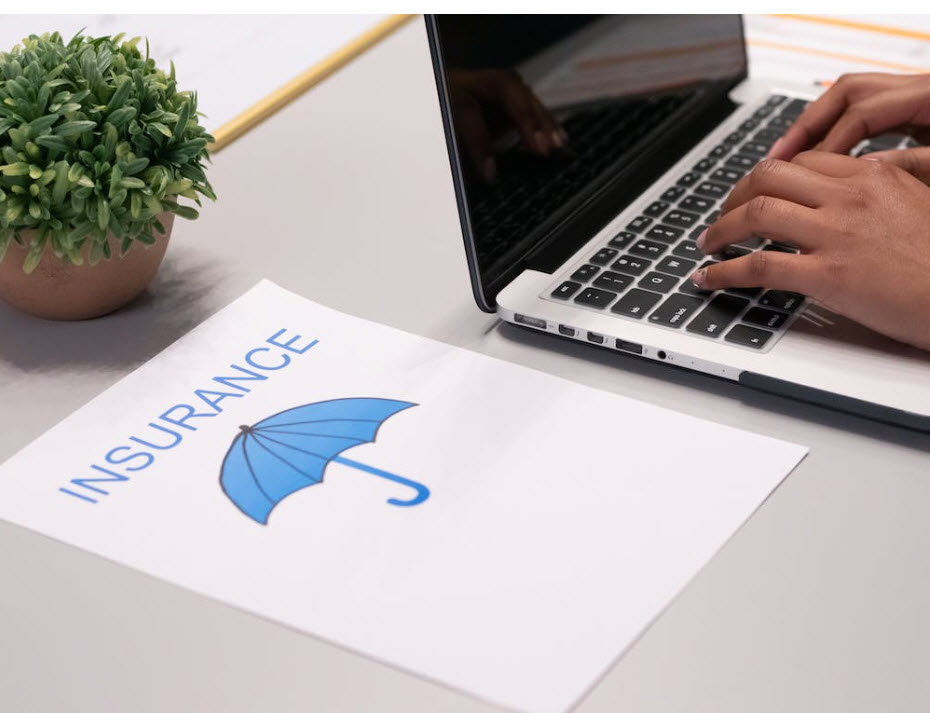Liability insurance is often considered a must-have in the contracting world. Many believe that once they’ve secured liability insurance for contractors, they’re completely covered for all professional mishaps. However, overlooking the exclusions in your policy can lead to unexpected risks and financial losses.

What is a Liability Insurance?
Liability insurance protects you from financial loss if you’re held responsible for property damage or personal injury. Think of it as a financial safety net for unexpected events that could otherwise set you back significantly. It covers the cost of legal representation, too, which can quickly rack up.
The policy can cover a variety of incidents. For example, if a customer trips over a tool and gets injured on a job site, the insurance would typically cover the medical bills and legal costs. Other examples include property damage, like accidentally breaking a valuable vase while installing a new window.
Turning our attention to exclusions, these are specific situations or conditions not covered by the insurance. Often nestled in the fine print, exclusions can come as an unpleasant surprise if you’re not aware of them. For contractors, exclusions could be as varied as “wear and tear” or “faulty workmanship,” which means not all accidents or mistakes are covered. Awareness of these exclusions is crucial. Failing to do so could mean you’re not as financially protected as you thought.
Common Types of Exclusions
Liability insurance is not a catch-all safety net; there are many situations where coverage doesn’t apply. These are known as exclusions, and understanding them can prevent unpleasant surprises down the line. Not knowing what’s excluded could mean significant financial loss, legal consequences, or both.
Intentional harm is one of the most obvious exclusions. Insurance isn’t going to cover you if you intentionally damage someone’s property or injure someone. The purpose of liability insurance is to protect against accidental missteps, not deliberate actions.
Contractual liabilities are another common exclusion. If you sign a contract that stipulates you’re responsible for certain damages or risks, don’t expect your standard liability insurance to cover it. You’ll need a separate rider or an entirely different policy to deal with contractual obligations.
Pollution is a lesser-known but crucial exclusion. If your work involves materials that could contaminate the air, soil, or water, your standard liability insurance won’t cover the clean-up or legal fees associated with pollution. You would need environmental or pollution liability insurance for that.
Each exclusion category is its beast. While intentional harm is pretty cut-and-dry, contractual liabilities and pollution can be a bit more complex, requiring additional insurance or amendments to your existing policy.
How Exclusions Sneak into Your Policy
When it comes to liability insurance, knowing what’s not covered is just as crucial as knowing what is. Exclusions aren’t always front and center in your policy documents. They often lurk in the corners of your contract, quietly waiting to make an appearance when you least expect it.
Now, how do these exclusions make it into the policy? They’re usually found in various sections, tucked away under legal jargon or specific headers. It’s not uncommon for them to be scattered throughout the document rather than listed in a single, easy-to-find section.
To avoid the shock of discovering an exclusion when it’s too late, it’s a good idea to read your policy thoroughly. That means going beyond the initial pages and delving deep into the document. If legal terms throw you off, consider hiring a professional to help clarify things.
One common pitfall is to skim through the policy and miss the fine print. Don’t make that mistake. The fine print is where you’ll often find extra conditions or limitations that aren’t prominently displayed. This part of the document requires your full attention.
Speaking of hidden terms, these are the exclusions or limitations that are worded so that they aren’t immediately obvious. They might be buried in a paragraph that seems irrelevant or appear under a header that doesn’t seem to relate to exclusions. Always read between the lines and question anything that isn’t clear.
Real-World Scenarios Where Exclusions Matter
Imagine a construction project where an underground pipe is accidentally damaged. Your team thought they were covered, but the policy lists “underground work” as an exclusion. Now, the business is facing a hefty repair bill, and insurance won’t pitch in.
In another situation, consider an employee accidentally damaging a client’s high-value antique while on the job. If your policy has an exclusion for “care, custody, or control of others’ property,” you’re in hot water. The cost of replacing or repairing that antique will fall squarely on your shoulders.
Exclusions like these can lead to significant financial burdens. When an accident happens that falls under an exclusion, your insurance is a non-player. That means footing the bill yourself, which could seriously impact your cash flow.
Conclusion
Ignoring exclusions in your liability insurance can expose your business to financial and legal challenges. Awareness of what is and isn’t covered can save you from costly mistakes and protect your bottom line. Therefore, a detailed review of your policy is not just recommended; it’s essential for safeguarding your operations.
